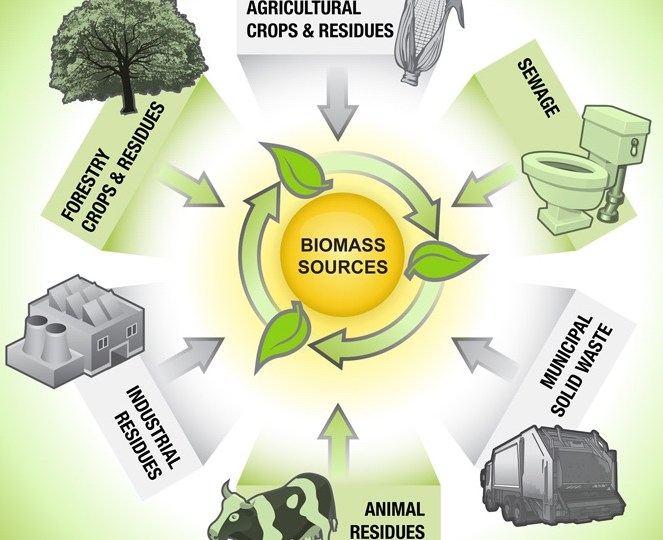Lignocellulosic biomass consists of a variety of materials with distinctive physical and chemical characteristics. It is the non-starch based fibrous part of plant material. Lignocellulose is a generic term for describing the main constituents in most plants, namely cellulose, hemicelluloses, and lignin. Lignocellulose is a complex matrix, comprising many different polysaccharides, phenolic polymers and proteins. […]
Biofuels from Lignocellulosic Biomass












